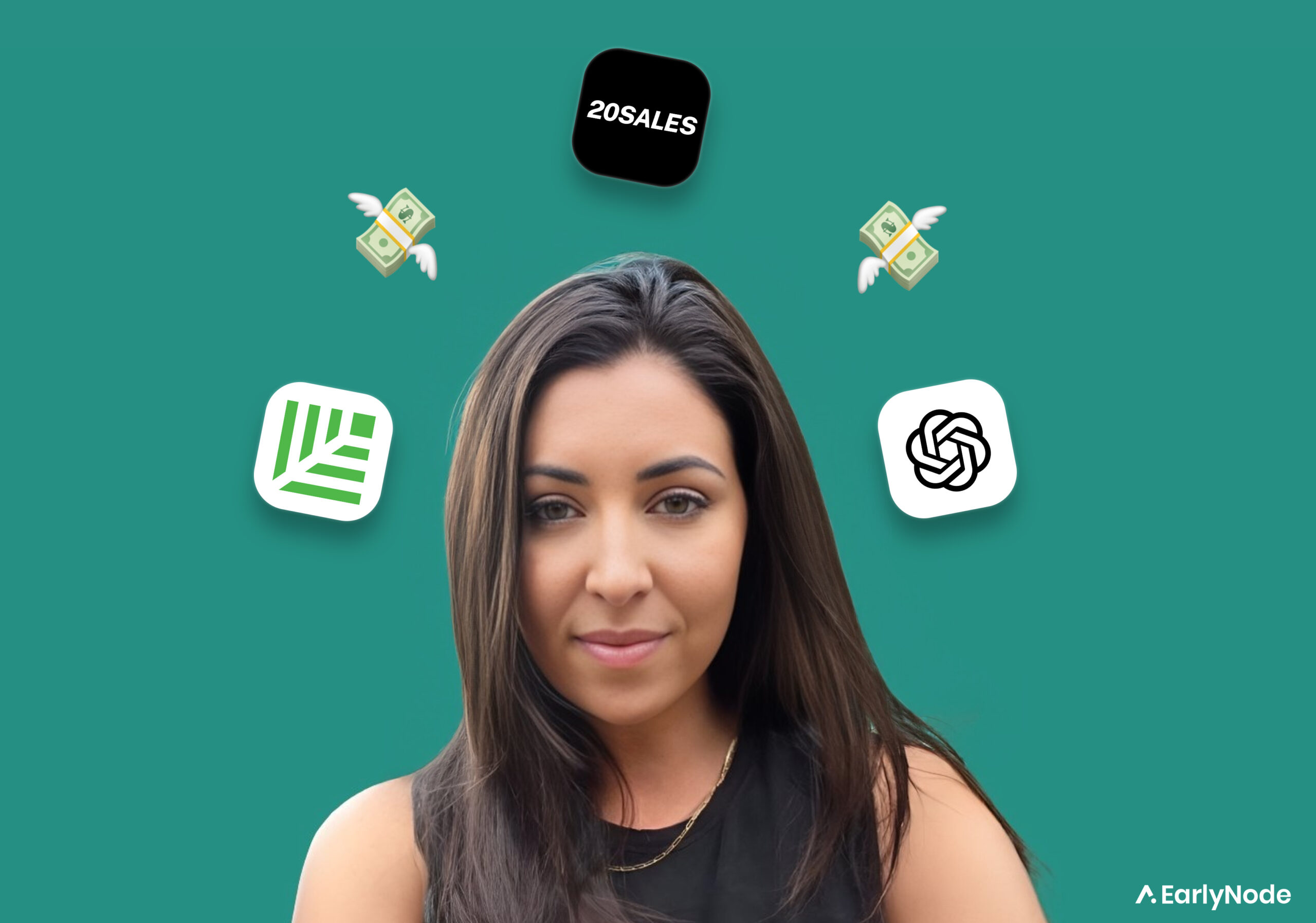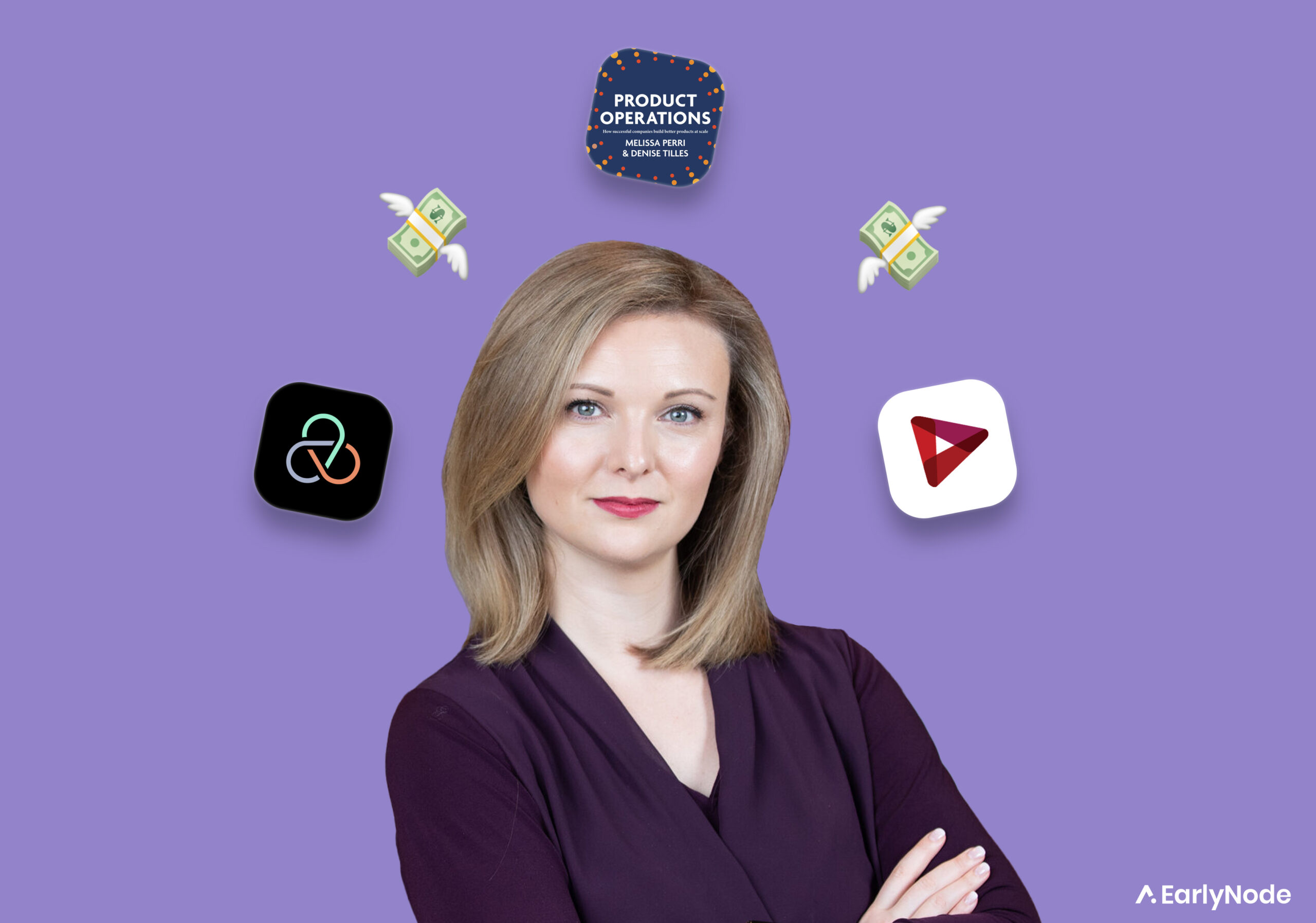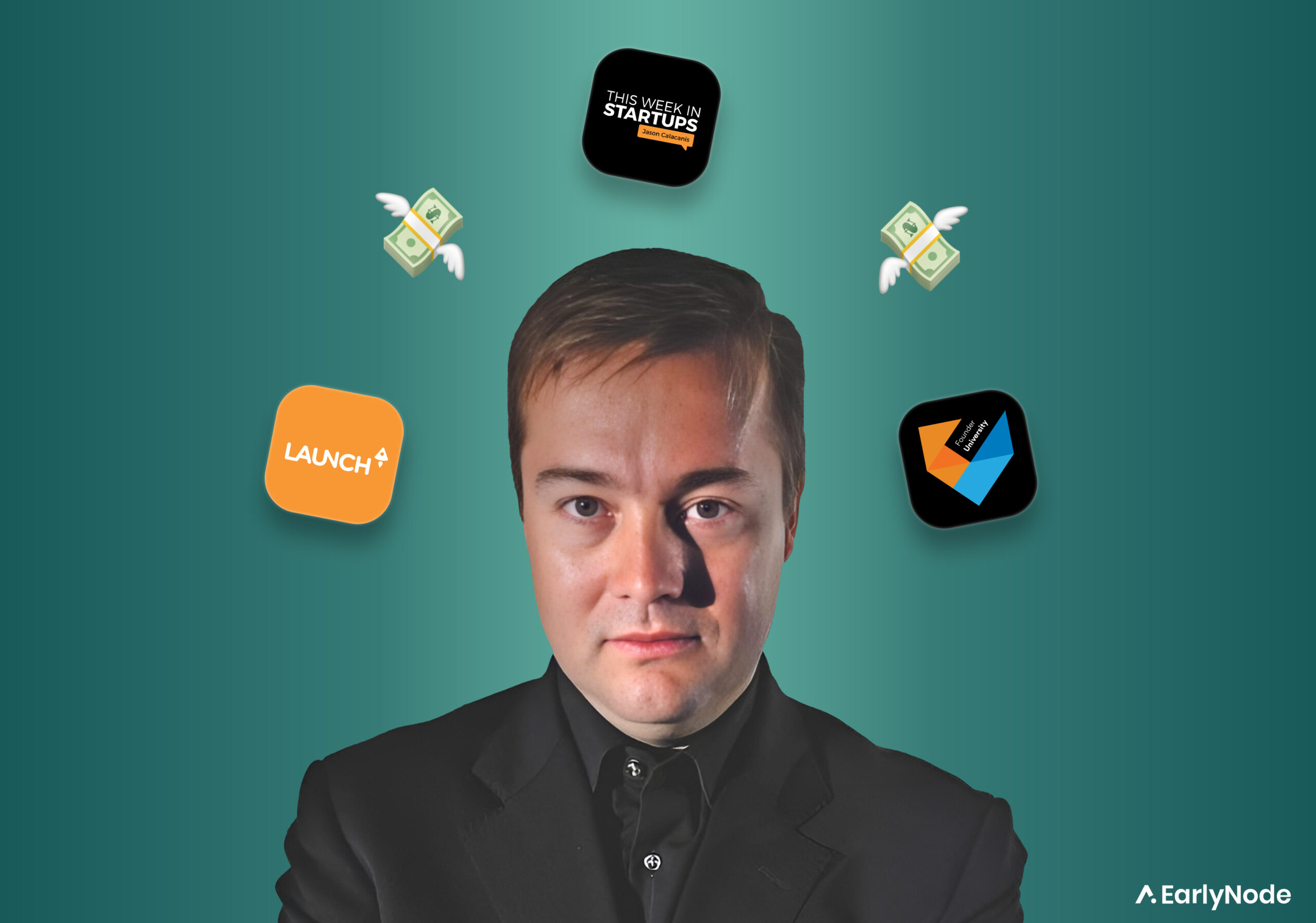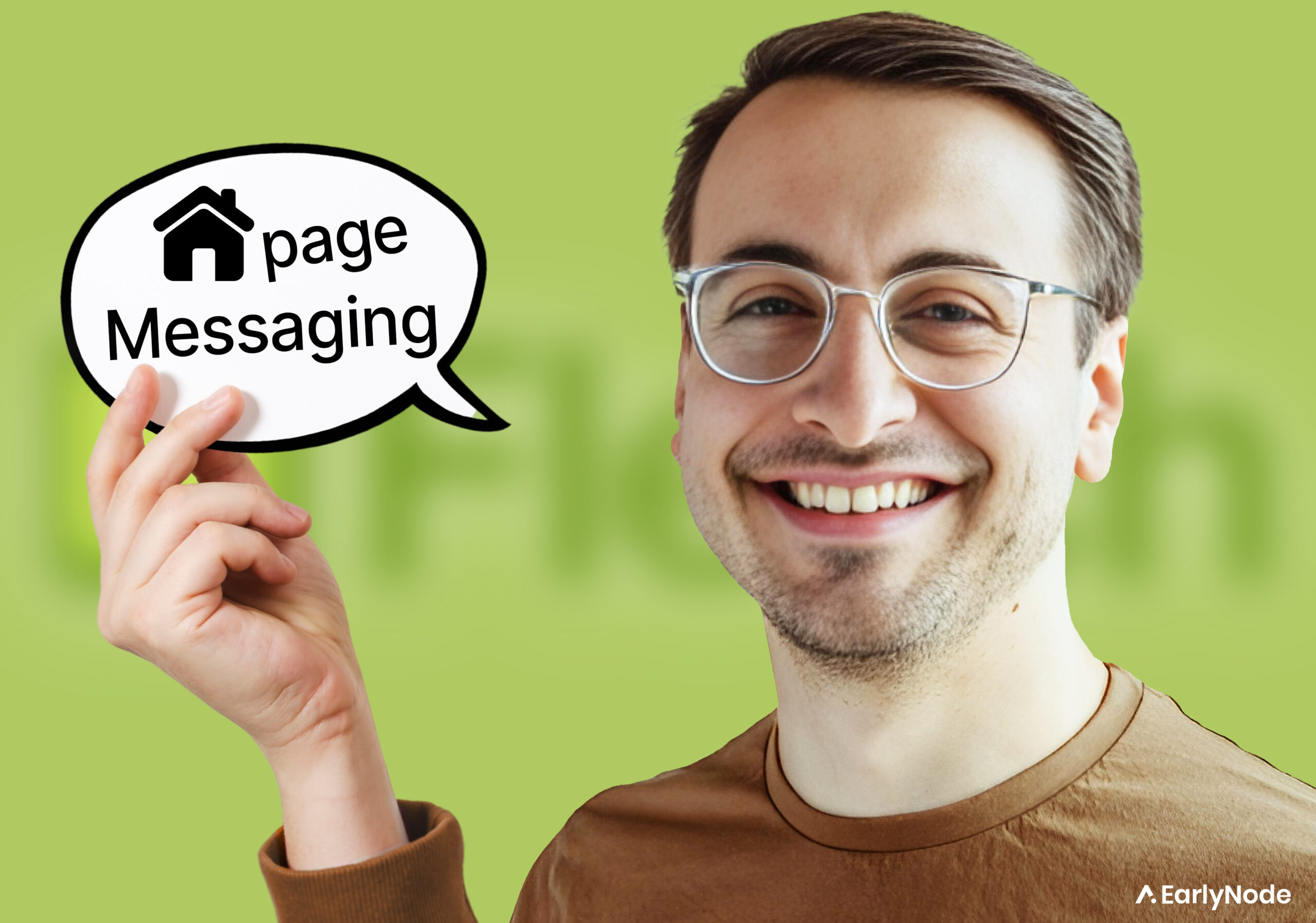The Step-by-Step PLG Process with Leah Tharin (Ex-Head Product & Growth @Jua.ai)

As head of the product team, Leah skyrocketed Smallpdf’s user engagement, hitting over 50 million monthly active users in a mere 3 years. She then joined Jua.ai as Head of Product & Growth, bringing her extensive experience to the role. She’s the author of the #1 PLG Guide and hosts Leah’s ProducTea, where she shares insights and actionable advice on Product-Led Growth for B2B companies.
In The SaaS Operator newsletter from 30th January 2024, you’ll learn:
- The real PLG step-by-step process.
- Why PLG starts with great product management.
- How Product-Led Growth should evolve at different company stages.
Product-Led Growth: It’s More Than Just ‘Growth’
Many view Product-Led Growth through a single lens – Growth.
Companies tend to pour 90% of their efforts into distribution, racing to go viral and monetize.
This rush overlooks the essence of PLG. It’s not just about the ‘G’ but also about the ‘P’ – the Product itself.
Sure, you might hit viral acquisition numbers, but what about retention? Your product should be good enough to retain most of these users; otherwise, these numbers are almost meaningless.
Either your scaling efforts will fail, or you’ll scale inefficiently. That can cripple your company because you aren’t retaining users.
The Right Path to PLG Success: A Step-by-Step Approach
Product-led Growth is like giving a test drive before the pitch. No selling, just letting users experience value.
Because when your product proves its value, trust follows. Trust turns users into loyal fans, and fans fuel growth.
As Leah puts it:
“PLG establishes trust by delivering success as fast and authentic as possible, payment later.”
Leah’s Step-by-Step PLG Process
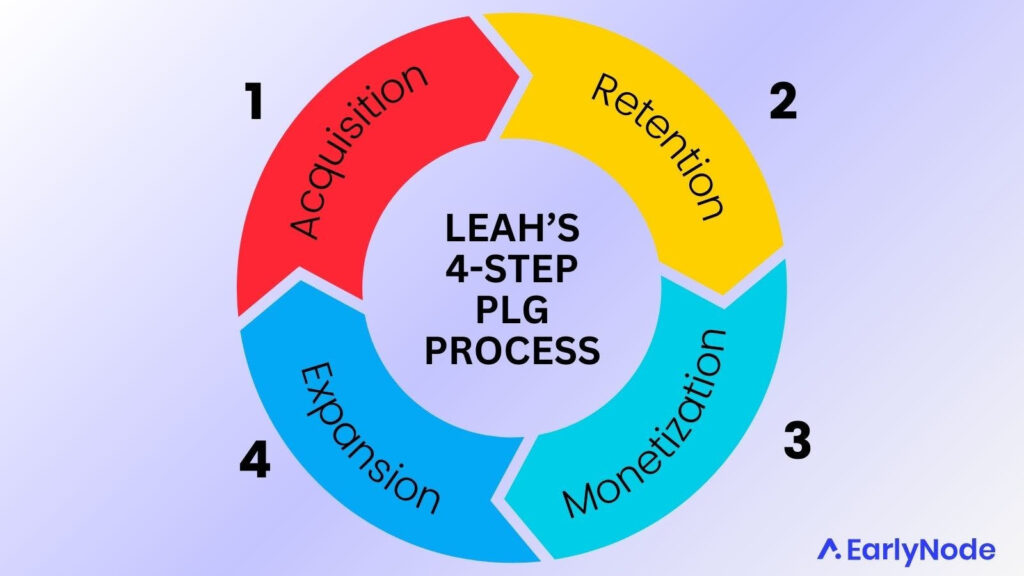
- Acquisition: Introduce users to your product through a free version.
- Retention: This is the heart of PLG. Work on retaining users. Remove friction from your in-product experience and exceed user expectations.
- Monetization: Only start monetizing after sorting out retention.
- Expansion: Expansion revenue is where real, sustainable monetization lies
Product-Led Growth at different company stages
PLG evolves as your company’s user base grows. Here’s how to approach it at different stages:
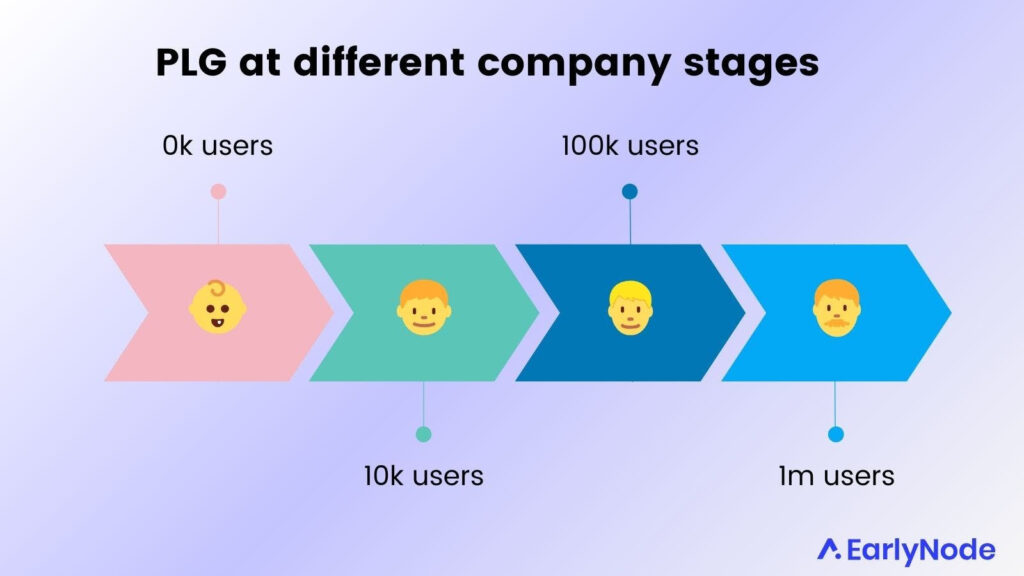
👶 At 0k users: Focus on attracting free users. Perfect your messaging and value prop. This stage is all about laying a solid foundation.
👦 At 10k users: You’ve got a mix of free and paying users. Aim to retain a good chunk of these free users and convert some to paying users. Don’t try to scale yet.
👨🦰 At 100k users: Identify and focus on your ICP -those with the highest retention rates. Understand what they love about your product. They are your golden ticket for scaling.
🧔 At 1m users: You’re scaling, but processes may still be inefficient. First, streamline your processes. Then, figure out the distribution model that works best for you and stick to it. E.g. if you’re sales-led, avoid rushing to run PLG at the same time, and vice versa.
You can’t separate PLG from great product management.
Product-led B2B companies focus on distribution and acquisition but lack an effective retention strategy. But as Leah said, retention is the heart of PLG.
To have a good retention rate, you need an exceptional product. That’s why PLG starts with top-notch product management. Leah has a simple product management rule:
Don’t accept any product idea unless the hypothesis and problem statement are clearly defined and easy to understand for everyone.
Never assume everyone understands things the way you do. What is a no-brainer to you might be a puzzle for someone else.
Keep it simple
SIMPLIFY communication. Whether it’s a product feature or a new strategy, break it down. Make it so simple that everyone’s on the same page.
Simplify, clarify, and align.

